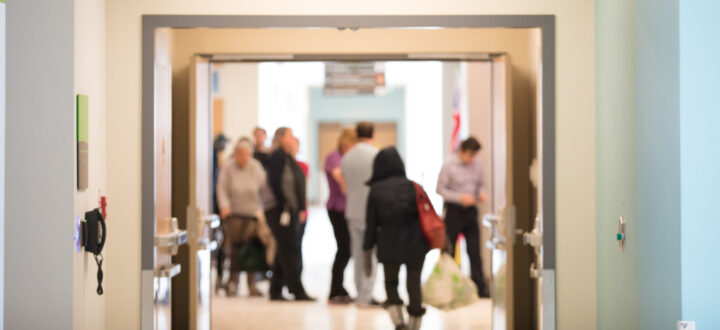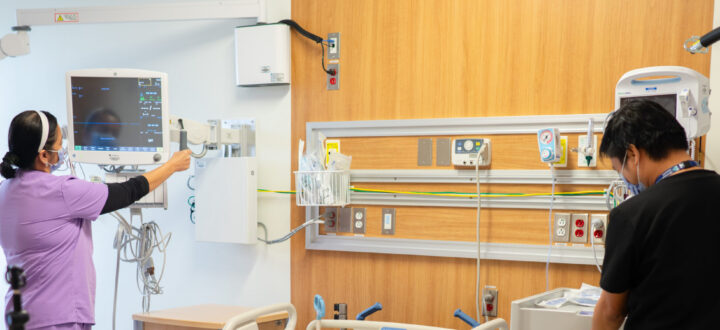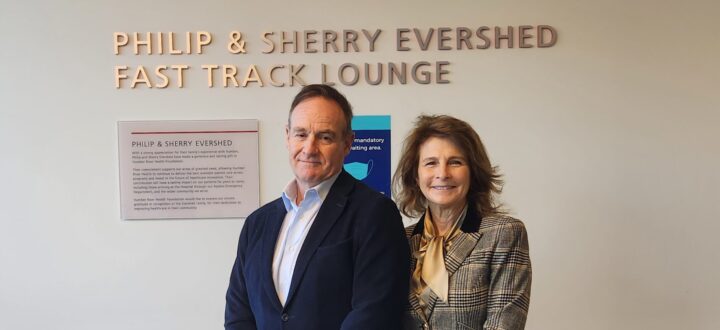Snapshot: Apotex Emergency Department

Our donors have helped to enable our staff to provide the very best in patient care, serving thousands of people in our community. You have saved lives. Humber has been open for just over two years now, here’s how our Emergency Department is excelling with your help:

- On average, 80 ambulances arrive at the Apotex Emergency Department at Humber River Hospital every single day. This is almost double the number at neighboring hospitals.
- We have reduced wait times by 75% . Thanks to our collective efforts, we have reduced the wait times for patients to receive care in our EMS area from 90 minutes to 22 minutes on average.
- Visits to the Apotex Emergency Department totaled 137,000 during fiscal year 2016-2017, surpassing our projections by 37%.
- 400 patients are seen daily in our Emergency Department, making Humber the busiest single-site ER in Ontario. In July 2017, we hit our record number of patient visits in a 24-hour period with 452 patients coming through our doors.
- 75% of Humber’s Emergency nurses have advanced skills training and certification including Advanced Cardiovascular Life Support (ACLS), Trauma Nursing Core Course (TNCC), Emergency Nursing Pediatric Course (ENPC) and Electronic Navigation Charts (ENC ®) – so they are even more prepared for any health crisis
- By Spring 2018, Humber’s ED will be the most digital in Canada, using integrated technology from triage to discharge and every step in between. This will result in more accurate and real time communication and decision making, especially when every second counts.
- Overall, Humber’s ED patient experience ratings are above the National Research Council (NRC) average and our ED is the top performer in Ontario for two important measures: Time to Inpatient Bed and Length of Stay for Admitted Patients
Our achievements have been many, but our need is still great. We need your help to stay ahead of a changing world. This is your hospital and the Humber River Hospital Foundation relies on your generous donations to support our growing community. After all, reinventing patient care is as much about the next innovation as it is about the current one.






